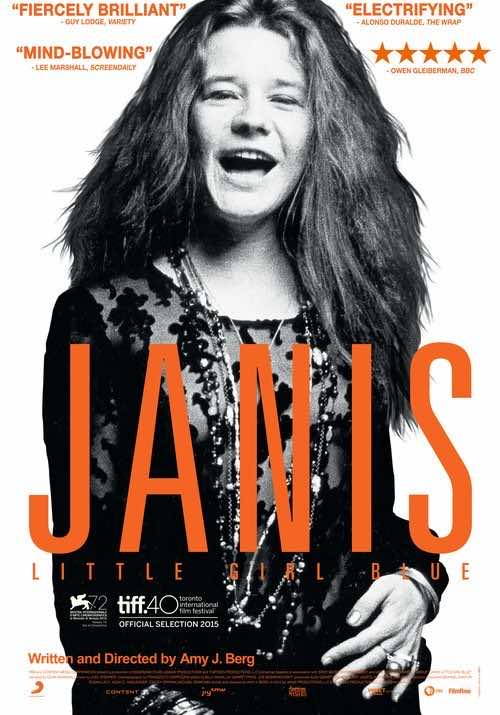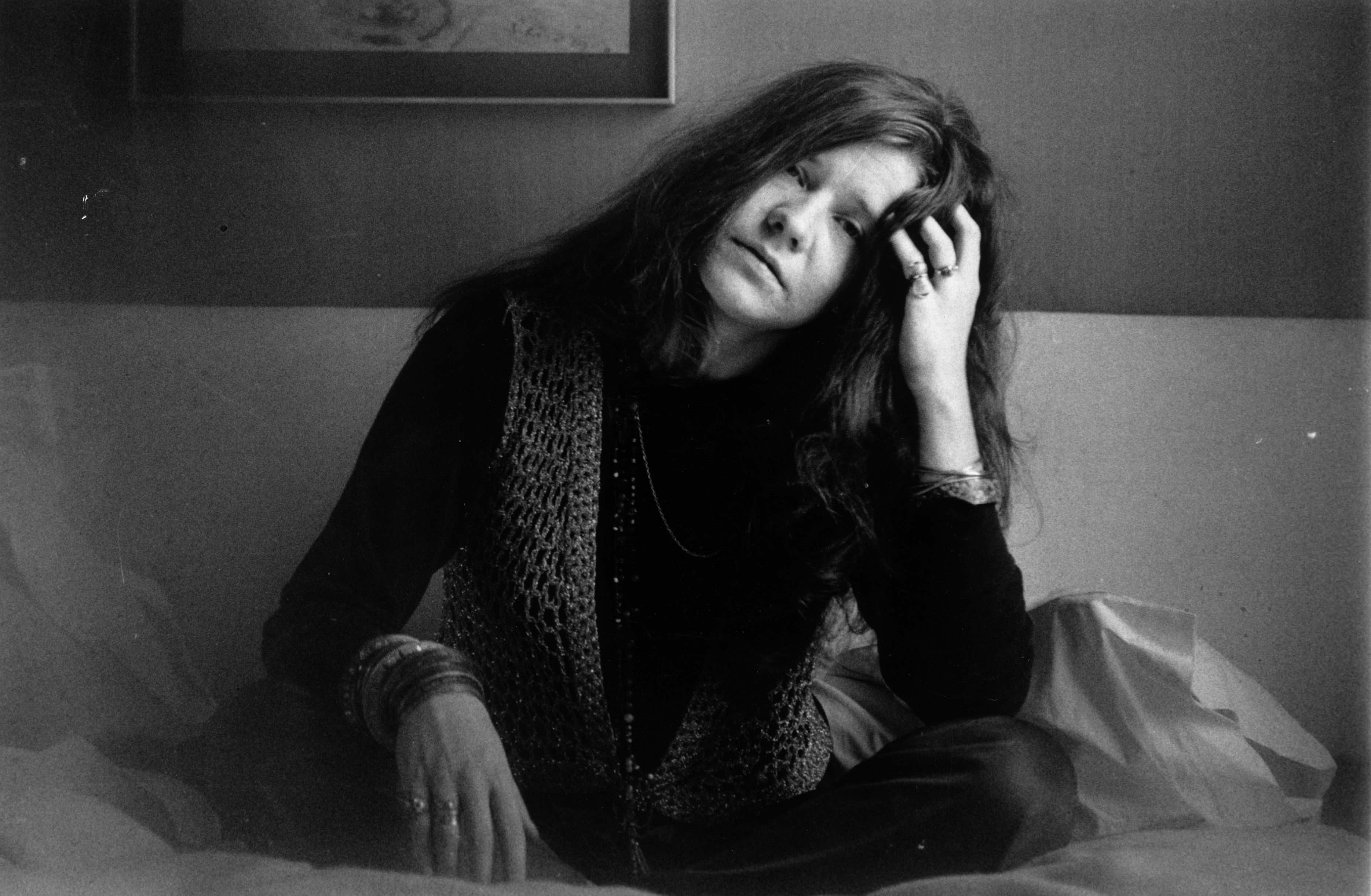 You sit and sing in darkened rooms
You sit and sing in darkened rooms
Your song fills the air with increasing gloom
It’s sad, so sad to be alone
–Janis Joplin, lyrics for “So Sad to be Alone”
Janis: Little Girl Blue is so much more than another telling of the tragic story of Janis Joplin. With her new documentary, director Amy Berg presents a sad fable about the loneliness of fame. Janis: Little Girl Blue examines the difficulty in reconciling one’s past life with a new one and the fractures in identity that can tear a person apart. Beyond the heroin addiction and skyrocketing to fame, Joplin had difficulty at home. She couldn’t get out of Port Arthur, Texas fast enough to settle into San Francisco with the Haight-Ashbury freaks who genuinely brought her comfort.
Everyone from former musicians, Joplin’s younger siblings and famous people who knew her — like Clive Davis, Dick Cavett and Kris Kristofferson — speak in new interviews reflecting on Joplin, 45 years after her death. But Berg hardly lingers on the talking heads. Instead, she mostly fills the film with Joplin’s voice using vintage imagery. Beyond concert footage and television interviews, Berg and a team of four editors compile sequences that include passing glances at Joplin’s scrapbook and personal photographs, often featuring early recordings by the singer on the soundtrack. On an even further intimate level, Joplin’s longing to impress her mother is made palpable via letters read by Cat Power’s Chan Marshall. There’s even use of Joplin’s diary where she admits casual and important relationships with people of both sexes but also the personal pain she felt being bullied in high school, something she never seemed to overcome.
But the film is much more than an exposé on the personal life of Joplin. Berg presents a multi-dimensional portrait of the singer and never shies away from inconsistencies. As a performer, Joplin genuinely appreciated the feeling of playing live. In a television interview, Joplin never shies away about talking about the importance of music in her life on an astral level, even as her band mates in Big Brother and the Holding Company crack inane jokes about their roles in the band. Joplin was a strong woman who enjoyed the company of men. In footage from The Festival Express, she boisterously holds her own surrounded by men, as Marshall’s voice reads Joplin’s words explaining her comfort among men.
Most of all, Berg emphasizes the music. The presence of Joplin’s music saturates the film, be it in the background of narrative storytelling or long pauses from the story for a bit of Joplin performing live. There are snatches of her lyrics, on the film’s soundtrack or even read and referenced aloud, that speak abstractly of her ambivalence with fame and relationships. Although there are many sides demonstrated in Janis: Little Girl Blue, none seem more genuine than the person who comes out in the lyrics. Berg’s emphasis on the music is not just required because her subject is a musician, it’s necessary because it is the truest representation of Joplin, a troubled figure in search of a genuine way to express herself and be heard.
Ironically, by focusing on the music as much as she does, Berg adds an extra poignancy to Joplin’s troubles and talent. The layers of story in sound and image is profound throughout this documentary. It makes up for the only misstep in Berg’s reach for imagery to illustrate Joplin’s life: a recurring sequence featuring vintage 16mm footage of train tracks that break up the film’s narrative. It might imply a journey or — hopefully not — a heavy-handed allusion to Joplin as a personal train wreck. Either way, the heavy-handed reach for metaphor feels superfluous, considering the density of the narrative in much of the well-researched footage and music that tells Joplin’s story.
The film rises to another level when Berg presents footage of Joplin being interviewed by a reporter at her 10th anniversary high school reunion, after she had become a star. Confronted by questions about her memories of high school, Joplin proves evasive. With all the context provided earlier in the film it makes for a startling statement on how useless success had become in healing Joplin’s wounds. She isn’t being evasive to be smart or egotistical — the rock star swagger of the unknowable pop idol. She’s refusing to answer the reporter’s questions to keep from bursting into tears. She’s keeping the pain of her past at bay. Even after becoming a pop star — something she thought would help heal her wounds — she is still mortally attached to the pain that fuels her creativity. What she thought would become a triumphant return home becomes something utterly devastating.
Janis: Little Girl Blue becomes something more than a documentary reflecting on a pop culture personality. It digs deep into the role of personal experiences and how tightly wound the tentacles of the past can wind around creativity. Despite a terrible drug problem, which John Lennon gets the last word on during the end credits, the documentary posits a complicated mix of issues that defined Joplin and led to her fate. Ultimately, Joplin’s art is vitally drawn as something that was bound with her persona. It can be a combustible mix that proves fame is not a solution for pain.
Janis: Little Girl Blue runs 103 minutes and is not rated (Janis lived that free-spirited life … and paid for it). It opens in our Miami area this Friday, Dec. 4, at the Coral Gables Art Cinema and AMC Sunset Place; further north, in Broward County, it opens at the Cinema Paradiso Fort Lauderdale. It continues its run theatrically in South Florida on Dec. 18 at O Cinema Miami Shores. For dates in other cities and Europe, visit this link. The film had its Florida premiere last month at The Key West Film Festival, where it won the audience award. The black and white image above was taken April 5, 1969 and is courtesy of the Evening Standard/Getty Images. The Coral Gables Art Cinema provided a screener link for the purpose of this review.










